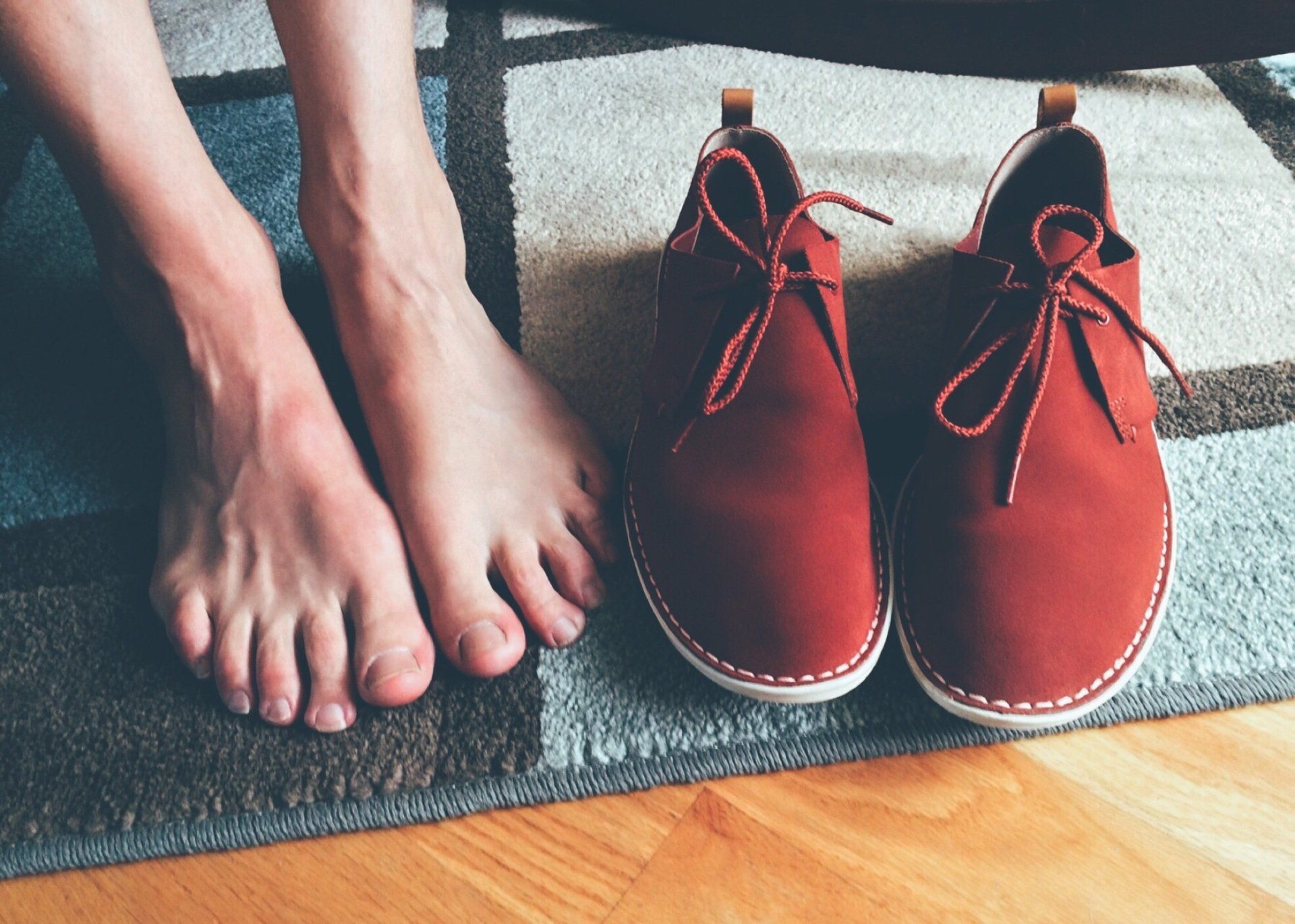"I struggled walking and sitting..."

Sciatica is pain that radiates along the sciatic nerve – from the lower back, through the buttock, down the hamstrings and calf. Usually only one leg is affected.
The symptoms of sciatica can worsen over time and can become quite debilitating. The pain can come and go, and may change with position, exercises and medication can also be of help. Pain may be experienced as a shooting or burning sensation, in one leg. It may be felt as a dull ache and the pain, may come and go. Pain can be experienced in the lower back, the front or back of the thigh, and the top or underside of the foot. Pain may be worse with prolonged sitting, and coughing or sneezing may trigger the pain. Weakness may be experienced in the leg or foot muscles, or numbness or a change of sensation.
The sciatic nerve is the largest nerve in the human body. It originates in the lower back (lumbrosacral area L4 to S3) and then descends down the back of the thigh, before splitting into two – the tibial nerve and fibular/peroneal nerve. Its main function is movement and sensation in the skin and muscles of thigh, leg and foot. Any pain that originates from this nerve is known as sciatica, and symptoms are generally felt along its path in the body.
The sciatic nerve can become irritated, inflamed or compressed as a result of a number of problems, but commonly include bulging or herniated discs in the lower spine, misalignment in the vertebrae or wear and tear on the vertebrae. The immune system response may also play a part in sciatica.
In Bowen, a therapist is aiming to find the source of the pain to give long lasting relief from the symptoms. The opposite ends of the spine have a strong influence on each other, so if a client is experiencing sciatic type symptoms, it may be a result of an alignment issue within the neck, even if symptoms are not felt here. A muscle that is sometimes implicated in sciatica is the piriformis – the sciatic nerve passes very close or even through this muscle, so tension within the piriformis can irritate or compress the nerve.
Paul came to me with sciatic pain, which he had been experiencing on and off for years. He found sitting very difficult due to the pain, and he experienced lots of muscle spasms, from his buttocks down to his calf. He found many daily activities difficult to do, including sitting at the table to eat his meals – in fact he had to eat lying on the floor. He was prescribed Amitryptyline to cope with the pain. His alignment had shifted so much that he was leaning to one side when standing. I found areas of tension in the muscles of his pelvis and his jaw was out of alignment (see blog as to how the jaw affects much of the alignment in the body) After his first treatment he reported he had had no sciatic symptoms in that week. He was able to sit, even for long periods, whereas before he could only lie on the floor. His second treatment I also released the piriformis which was tight.
After his third session, Paul reported:
"I had really bad sciatica for three months. I struggled walking and sitting down for any periods. I tried all sorts of things to get rid of it. However after just one session with Sarah my problems went away. The treatment is super relaxing, I urge anyone with back problems or sciatica to go and see her. Thanks Sarah!"



